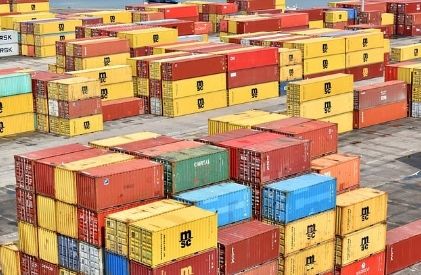What are Trade Quotas and How Do They Influence Global Commerce?
Trade quotas are a type of trade restriction that limits the quantity of a particular commodity that can be imported or exported during a specific time period. These quotas are used by governments to control the amount of foreign goods entering a country and to protect domestic industries from foreign competition. This article will explore the concept of trade quotas, their types, implementation, and impact on international trade dynamics.

What are Trade Quotas?
Trade quotas are regulatory limits on the quantity or value of goods that can be traded between countries. By imposing quotas, a government can regulate the market supply, stabilize domestic prices, and protect local industries from excessive foreign competition. Quotas are often part of a broader trade policy that includes tariffs and other trade barriers.
How Do Trade Quotas Work?
Trade quotas can be administered in several ways:
1. Absolute Quotas: Limit the quantity of goods allowed to be imported or exported to a specific number. Once this limit is reached, no further goods can be imported or exported during the set period.
2. Tariff-Rate Quotas (TRQs): Allow a certain quantity of goods to enter the country at a reduced tariff rate. Once the quota is filled, a higher tariff is applied to additional imports.
3. Seasonal Quotas: Applied only during certain times of the year to protect seasonal domestic industries or respond to seasonal changes in demand.
Types of Trade Quotas
• Import Quotas: Limit the amount of goods that can be imported into a country.
• Export Quotas: Restrict the quantity of goods that can be exported from a country, often to ensure sufficient domestic supply.
Purpose of Trade Quotas
• Protect Domestic Industries: By limiting imports, quotas can reduce foreign competition, allowing domestic industries to grow and maintain employment.
• Manage Trade Balances: Quotas can help reduce trade deficits by controlling the volume of imports.
• Regulate Prices: By controlling supply, quotas can help stabilize market prices for certain goods, benefiting both producers and consumers.
Impact of Trade Quotas on International Trade
• Supply Chain Disruptions: Quotas can lead to shortages or surpluses, affecting global supply chains and production schedules.
• Increased Costs: Restricting imports can lead to higher prices for consumers and businesses, as domestic suppliers may lack the same efficiencies as their foreign counterparts.
• Retaliation and Trade Tensions: Countries affected by quotas may respond with their own trade restrictions, leading to trade wars and strained international relations.
• Inefficient Market Allocation: Quotas can lead to market inefficiencies by distorting the allocation of resources, potentially leading to waste and reduced economic welfare.
Challenges Associated with Trade Quotas
• Implementation and Enforcement: Monitoring and enforcing quotas can be complex and resource-intensive.
• Political and Economic Pressures: Domestic industries may lobby for quotas that benefit them at the expense of broader national interests or global trade norms.
• Compliance with International Agreements: Quotas must be managed within the bounds of international trade laws and agreements, such as those governed by the World Trade Organization (WTO).
Strategies for Navigating Trade Quotas
• Diversification: Businesses can diversify their markets and sources of supply to reduce dependence on restricted markets.
• Strategic Planning: Understanding and anticipating changes in trade policies and quota adjustments can help businesses plan their operations more effectively.
• Engagement and Advocacy: Engaging in policy discussions and advocacy can help influence trade policies that impact specific industries.
Conclusion
Trade quotas are a significant tool used by governments to protect domestic markets and control economic activity. While they can provide short-term benefits to local industries and help manage economic stability, they also pose challenges such as market distortions and increased costs for consumers. Businesses engaged in international trade need to stay informed about quota regulations and adapt their strategies to mitigate the impacts on their operations.
Related articles

 WeChat of CBiBank
WeChat of CBiBank